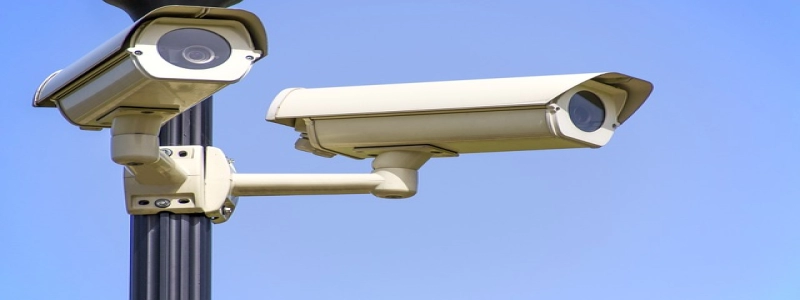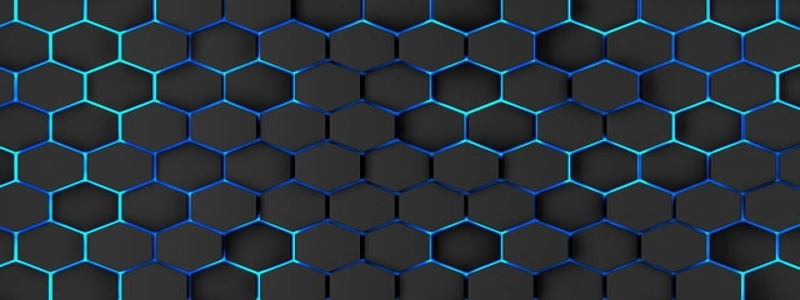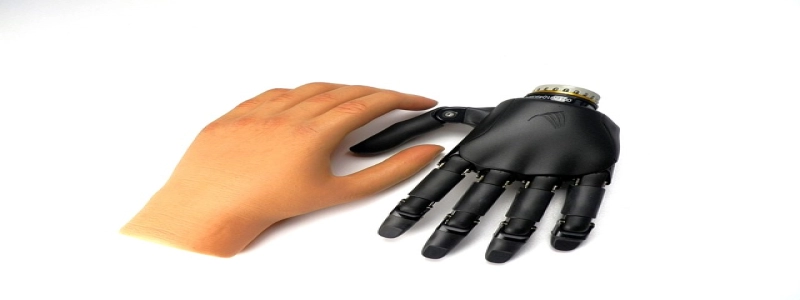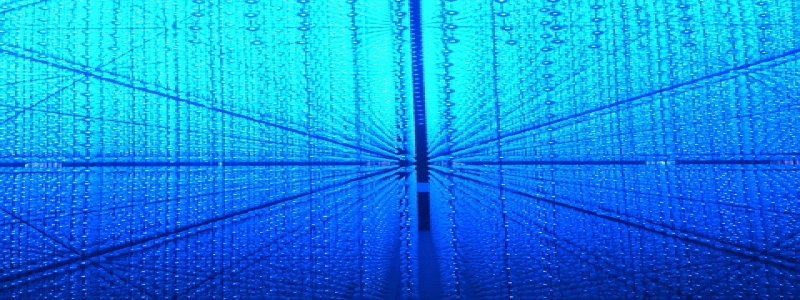Laser Wavelength Chart
Introduction:
The laser wavelength chart provides essential information about the different wavelengths at which lasers operate. This chart is a valuable tool for scientists, researchers, and technicians working in various fields such as optics, physics, and telecommunications. In this article, we will explore the different levels of headings and provide a detailed explanation of the content presented in the laser wavelength chart.
I. Types of Lasers:
A. Solid-State Lasers:
– Nd:YAG lasers: operating at a wavelength of 1064 nm, these lasers are widely used in diverse applications such as material processing and medical procedures.
– Ruby lasers: known for emitting red light at a wavelength of 694 nm, these lasers have been historically significant in the development of laser technology.
– Er:YAG lasers: operating at a wavelength of 2940 nm, these lasers are commonly used in dermatology for various skin treatments.
B. Gas Lasers:
– Helium-Neon (HeNe) lasers: emitting red light at a wavelength of 632.8 nm, HeNe lasers are widely used in optical alignment, spectroscopy, and holography.
– Carbon Dioxide (CO2) lasers: operating at a wavelength of 10,600 nm, CO2 lasers are primarily used for industrial cutting and welding applications.
– Argon lasers: emitting blue and green light at wavelengths of 488 nm and 514.5 nm, respectively, these lasers are utilized in medical, scientific, and entertainment industries.
C. Semiconductor Lasers (Diode Lasers):
– Visible diode lasers: these lasers cover a broad range of wavelengths, from approximately 405 nm to 660 nm, and find applications in optical data storage, barcode scanners, and laser pointers.
– Infrared diode lasers: operating at wavelengths of around 800 nm to 980 nm, these lasers are commonly used in telecommunications for fiber-optic communication.
II. Common Applications:
A. Material Processing:
– Laser cutting: CO2 lasers operating at 10,600 nm are extensively used for precise cutting of metals, plastics, and other materials.
– Laser engraving: solid-state lasers, such as Nd:YAG lasers operating at 1064 nm, have proven effective in engraving markings on various surfaces.
– Laser welding: Nd:YAG and fiber lasers operating in the near-infrared range are commonly used for high-quality welding of metals.
B. Medical Applications:
– Laser eye surgery: excimer lasers operating in the ultraviolet range at 193 nm or 248 nm are used for refractive surgery techniques like LASIK and PRK.
– Dermatology: various laser treatments for skin conditions, such as pigmented lesions or tattoo removal, utilize different wavelengths depending on the target chromophore.
C. Telecommunications:
– Fiber-optic communications: diode lasers emitting in the range of 1300 nm to 1550 nm enable high-speed data transmission through optical fibers.
III. Conclusion:
The laser wavelength chart serves as a comprehensive reference guide for understanding the different types of lasers and their associated wavelengths. By recognizing the specific applications of these lasers, researchers and professionals can choose the most suitable laser for their respective fields. This chart aids in the advancement of various scientific and technological disciplines, contributing to the progress of society as a whole.







